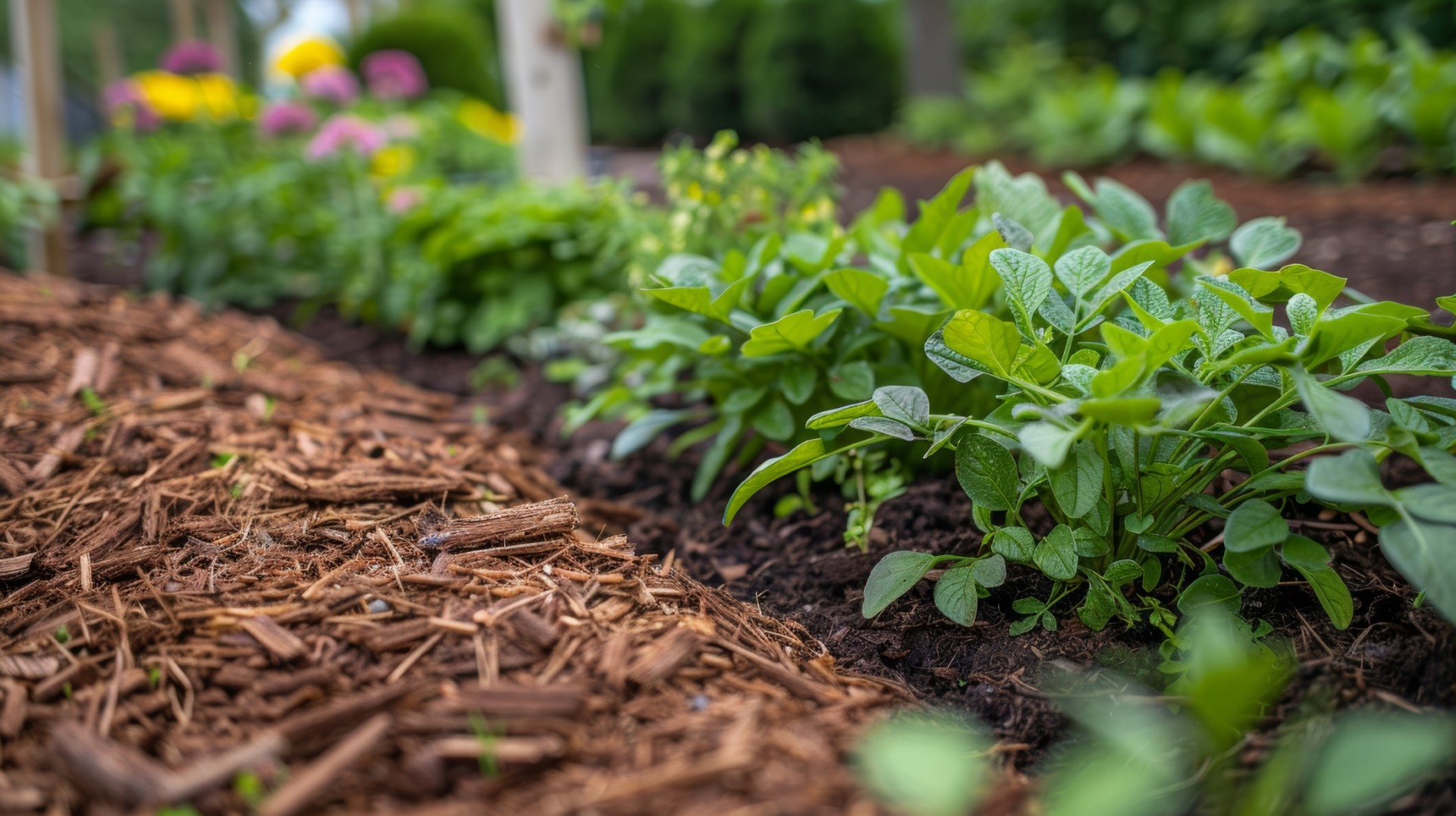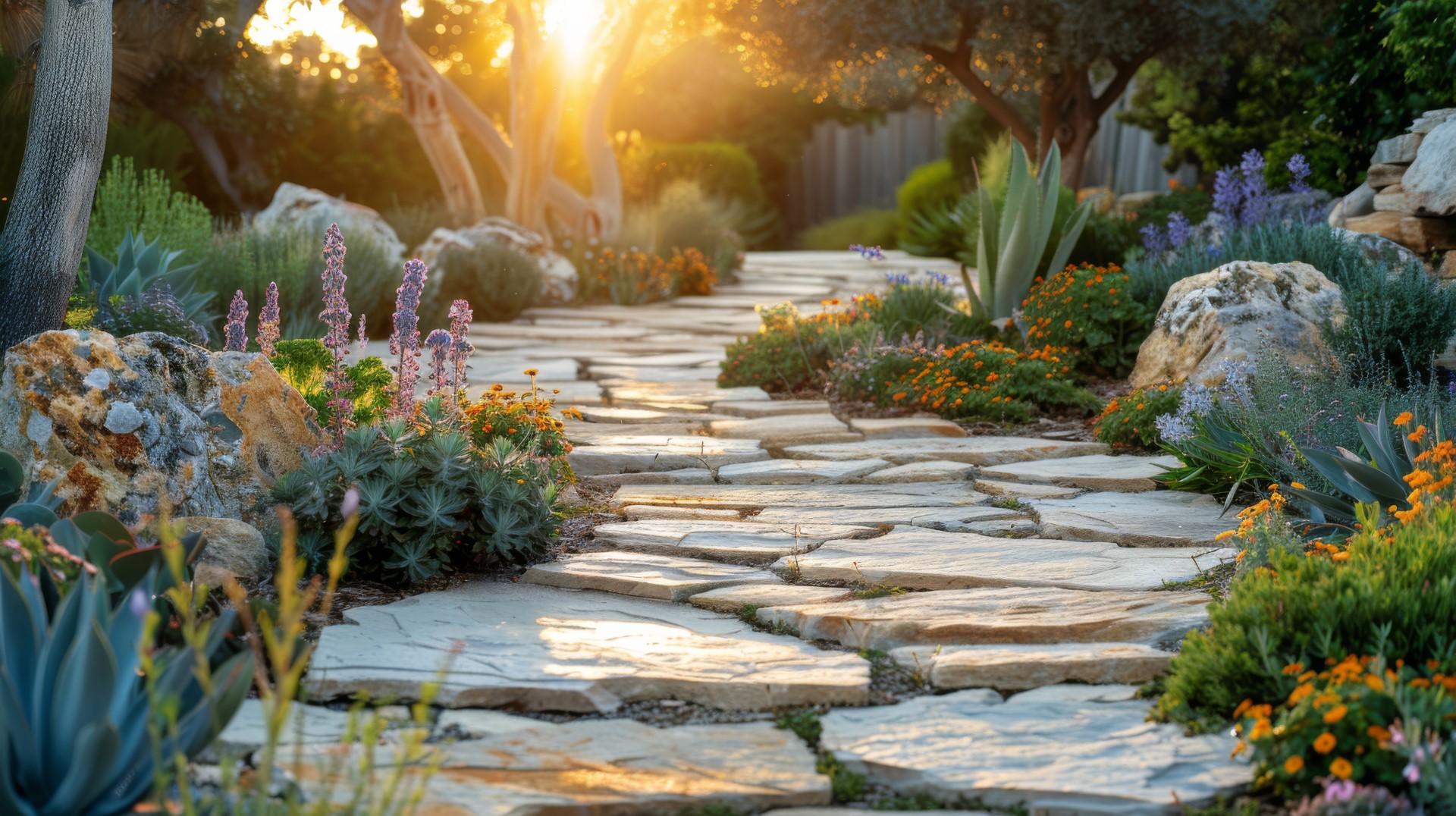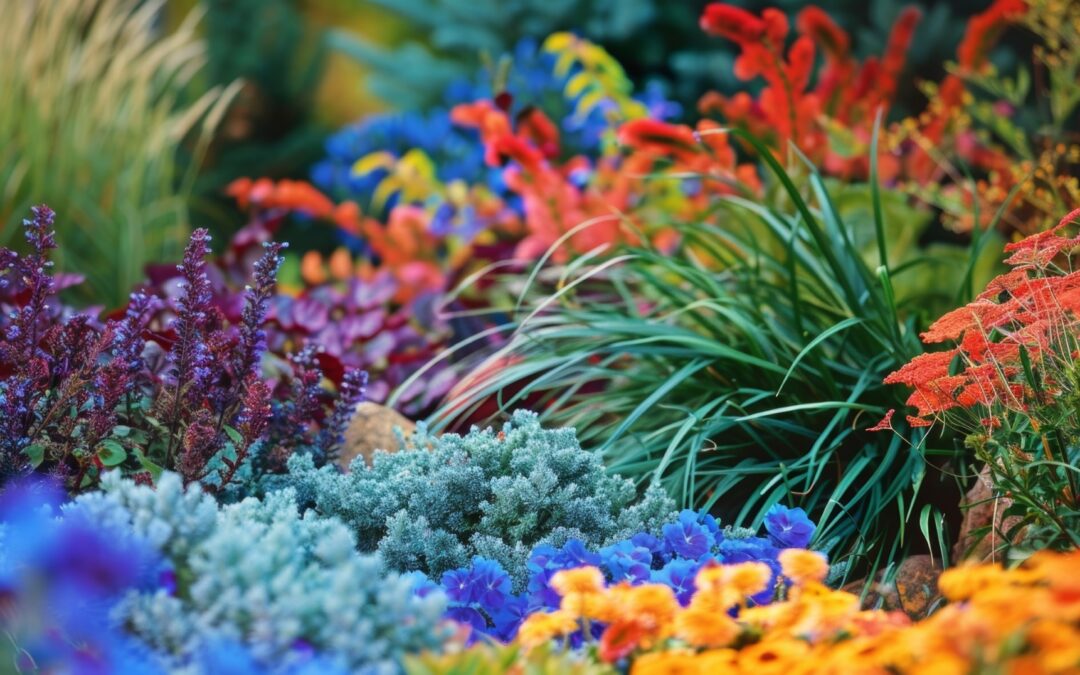Colorado Springs offers a unique climate, combining high altitude, dry air, and a sometimes unpredictable mix of hot summers and cooler nights. If you’re looking to create a vibrant summer garden without spending endless hours on upkeep, there are some smart gardening strategies you can adopt. By focusing on hardy plants, smart watering techniques, and mindful planning, you can enjoy a beautiful, low-maintenance garden that thrives in the unique conditions of the area. Here’s how you can get started:
1. Choose Drought-Resistant Plants
The key to a low-maintenance garden in Colorado Springs is selecting plants that are naturally suited to the local climate. Opt for drought-resistant and native plants that can handle the high altitude and dry conditions without needing constant attention. Some excellent choices include:
- Lavender: Not only is lavender a stunning addition to any garden, but it’s also incredibly drought-tolerant and thrives in well-drained soil.
- Yarrow: Known for its colorful flowers, yarrow is a hardy perennial that attracts pollinators and can withstand hot, dry conditions.
- Russian Sage: This beautiful perennial is loved for its purple-blue flowers and its ability to thrive in Colorado’s dry climate.
- Coneflowers: Easy to grow and low maintenance, coneflowers are drought-tolerant and attract birds and bees.
Incorporating native plants like penstemon, blue grama grass, and golden columbine will not only reduce the need for extra watering but also ensure your garden adapts to the natural environment.
2. Group Plants with Similar Water Needs
One of the easiest ways to reduce garden maintenance is to create “watering zones.” Group plants with similar water needs together so that you can water more efficiently and avoid over- or under-watering specific plants. Drought-resistant plants will require much less water than more delicate varieties, and grouping them together allows you to set your irrigation system or watering routine to the proper level for each zone.

3. Use Mulch to Conserve Moisture
Mulch is a simple and effective way to retain moisture in the soil, reduce weeds, and keep roots cool during the hottest months of the summer. It also adds a neat and finished appearance to your garden beds. Organic mulch, such as bark, wood chips, or straw, works best in Colorado Springs because it breaks down slowly and contributes nutrients to the soil over time.
Spread a 2-3 inch layer of mulch around your plants to help minimize water evaporation and keep your garden thriving without constant watering. Bonus: mulch reduces the number of weeds you’ll have to deal with.
4. Install a Drip Irrigation System
Watering can be one of the most time-consuming aspects of garden maintenance, but it doesn’t have to be. Drip irrigation systems are a game-changer for low-maintenance gardening, delivering water directly to the roots where it’s needed most. They also help reduce water waste by minimizing evaporation. Set the system on a timer to water your garden early in the morning or late in the evening, ensuring that your plants get the moisture they need without unnecessary effort on your part.
For maximum efficiency, be sure to adjust the timer based on the weather, watering less frequently during rainy periods.
5. Use Raised Beds for Easier Management
Raised beds not only look great but they also make garden management easier and more efficient. With raised beds, you can better control the soil quality and drainage, which is particularly helpful in Colorado Springs, where the soil can be rocky or less than ideal for some plants.
Raised beds also make it easier to reach plants without having to bend or kneel, reducing the physical strain of gardening. If you combine raised beds with an automatic watering system, you’ll have a highly efficient, low-maintenance setup that will yield great results throughout the summer.

6. Incorporate Hardscape Elements
One way to reduce the amount of gardening you need to do is to minimize the amount of garden space that requires plants and upkeep. Hardscape elements, such as gravel paths, decorative stones, or even a small patio, can reduce the amount of lawn or garden bed space that needs care.
Consider adding a rock garden or incorporating xeriscaping—landscaping designed specifically to reduce or eliminate the need for irrigation. These features are not only water-wise but also visually appealing and easy to maintain. Xeriscaping with succulents, cacti, and ornamental grasses can add texture and interest without demanding much care.
7. Choose Perennials Over Annuals
Annual plants require replanting every year, which can quickly add up in terms of time and effort. By focusing on perennials—plants that come back year after year—you can save yourself the hassle of replanting and enjoy a garden that evolves and grows stronger with each season.
In Colorado Springs, perennials like daylilies, black-eyed Susans, sedum, and catmint perform exceptionally well. With minimal pruning and deadheading, they’ll continue to bloom throughout the summer and return next year with even less effort.

8. Plan for Wildlife-Friendly Gardening
Encouraging local wildlife, such as birds, bees, and butterflies, to visit your garden can reduce your workload while contributing to the local ecosystem. By planting nectar-rich flowers, installing bird baths, and providing sheltered spaces, you can attract beneficial pollinators that help your garden thrive with minimal input from you.
Pollinators will naturally improve the health and productivity of your plants, so while you’re enjoying a relaxing summer, they’ll be hard at work keeping your garden growing strong.
Final Thoughts
Creating a low-maintenance summer garden in Colorado Springs is all about smart choices. By choosing the right plants, setting up efficient watering systems, and incorporating hardscaping, you can design a garden that flourishes with little effort on your part. With a bit of upfront planning, you’ll be able to sit back, relax, and enjoy a beautiful, vibrant garden that can handle Colorado’s unique climate.
Happy gardening!






